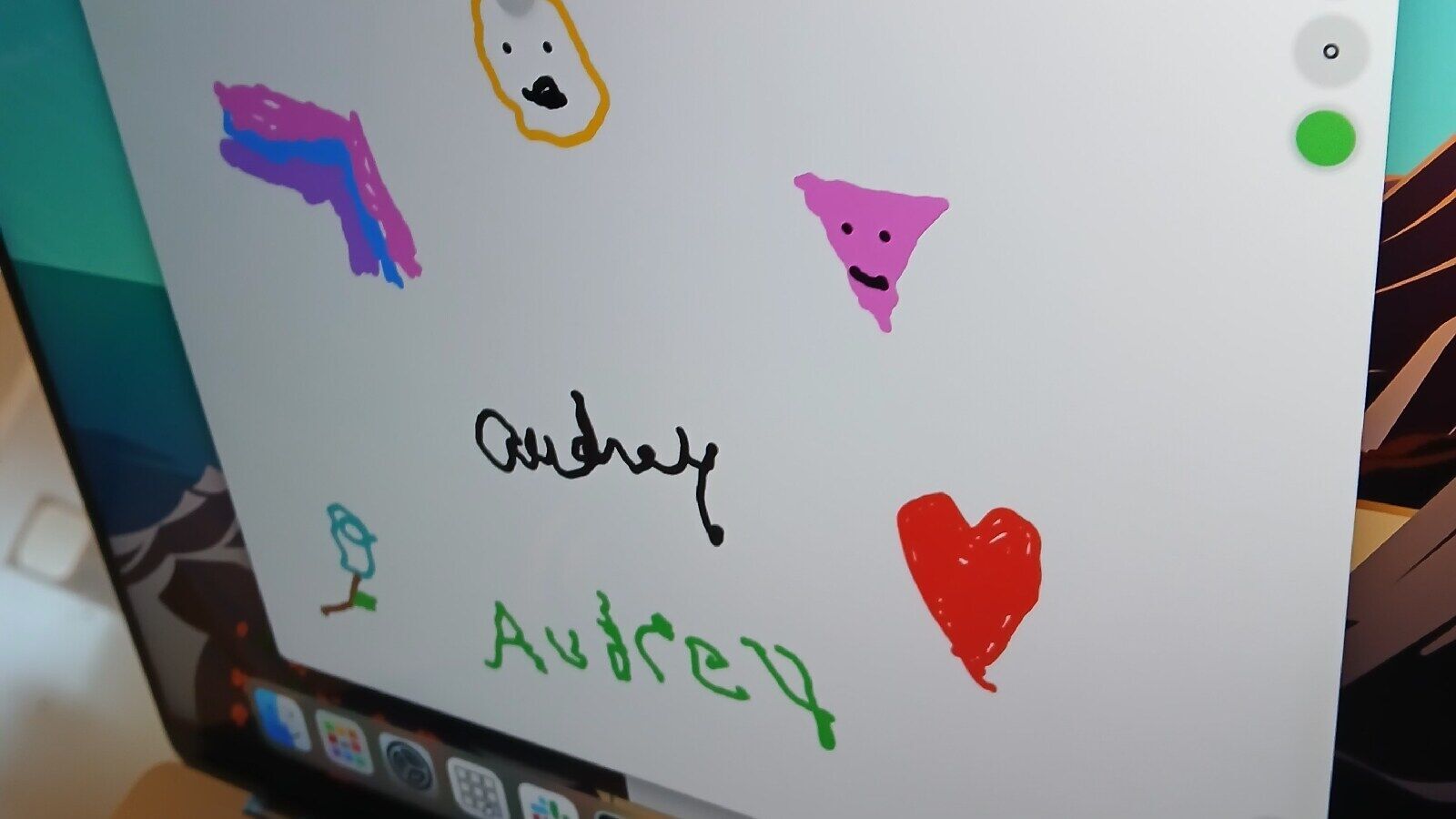Science
Neuralink Implant Enables Woman to Write Name After 20 Years

Audrey Crews has made headlines after successfully using a brain-computer interface (BCI) implant from Neuralink to write her name for the first time in two decades. This remarkable achievement showcases the potential of advanced neurotechnology in restoring communication abilities for individuals with severe disabilities. Crews, who shared her journey on social media platform X, formerly known as Twitter, demonstrated her newfound skill through a series of posts, including photos and videos.
In a post dated July 27, 2023, Crews expressed her excitement, stating, “I tried writing my name for the first time in 20 years. I’m working on it. Lol #Neuralink.” Alongside her message, she attached a screenshot of her name displayed on her laptop’s notes application. During her updates, she also invited followers to send doodle requests, showcasing the technology’s capabilities as she wrote using only her thoughts.
Details of the Procedure
Crews underwent surgery to receive the Neuralink implant at the University of Miami Health Center, where a hole was drilled in her skull to insert 128 threads into her brain’s motor cortex. “It was brain surgery; they drilled a hole in my skull and placed 128 threads into my motor cortex. The chip is about the size of a quarter,” she explained. Crews praised the medical staff for their exceptional care, noting, “They treated me like a VIP and are some of the sweetest people I’ve ever met.”
The BCI implant allows her to control her computer through thought alone, with plans to expand its compatibility to other electronic devices in the future. However, Crews clarified that the implant does not restore physical movement, stating, “I want to clarify this implant will not allow me to walk again or regain movement. It’s strictly for telepathy only.”
Public Engagement and Reactions
Engaging with her followers, Crews shared her progress and experiences with the implant, capturing the attention of many who were fascinated by the technology. In her interactions, she explained, “Imagine your pointer finger is left-click and the cursor movement is with your wrist. Without physically doing it, just a normal day using telepathy.”
The responses have been overwhelmingly positive, with users expressing admiration for her journey and suggesting additional content ideas. One user even proposed a timelapse video of her writing process, to which Crews responded enthusiastically.
This breakthrough not only highlights the advancements in neurotechnology but also underscores the potential impact on individuals with similar conditions. As Crews continues to explore her capabilities with the Neuralink device, her story serves as an inspiring example of how technology can transform lives, enabling communication that many thought was lost forever.
-

 World5 months ago
World5 months agoSBI Announces QIP Floor Price at ₹811.05 Per Share
-

 Lifestyle5 months ago
Lifestyle5 months agoCept Unveils ₹3.1 Crore Urban Mobility Plan for Sustainable Growth
-

 Science5 months ago
Science5 months agoNew Blood Group Discovered in South Indian Woman at Rotary Centre
-

 World5 months ago
World5 months agoTorrential Rains Cause Flash Flooding in New York and New Jersey
-

 Top Stories5 months ago
Top Stories5 months agoKonkani Cultural Organisation to Host Pearl Jubilee in Abu Dhabi
-

 Science5 months ago
Science5 months agoNothing Headphone 1 Review: A Bold Contender in Audio Design
-

 Sports5 months ago
Sports5 months agoBroad Advocates for Bowling Change Ahead of Final Test Against India
-

 Top Stories5 months ago
Top Stories5 months agoAir India Crash Investigation Highlights Boeing Fuel Switch Concerns
-

 Business5 months ago
Business5 months agoIndian Stock Market Rebounds: Sensex and Nifty Rise After Four-Day Decline
-

 Sports5 months ago
Sports5 months agoCristian Totti Retires at 19: Pressure of Fame Takes Toll
-

 Politics5 months ago
Politics5 months agoAbandoned Doberman Finds New Home After Journey to Prague
-

 Top Stories5 months ago
Top Stories5 months agoPatna Bank Manager Abhishek Varun Found Dead in Well









